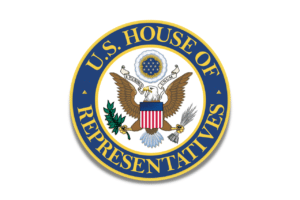In a new blog post for the Joint Center for Housing Studies of Harvard University, Whitney Airgood-Obrycki and Alexander Hermann demonstrate that the share of renter households with cost burdens rose nearly three percentage points from 2019 to 2020. The experimental American Community Survey data show that widening affordability gaps by income, race and household type in the first year of the pandemic compounded existing inequities. Income supplements through expanded unemployment insurance and stimulus checks likely helped offset worsening cost burdens for some. But the overall rise in already high renter cost burden rates is troubling, particularly among the lowest-income and Black renter households.
Related Posts

Rep. Cole Selected House Appropriations Chair, Rep. Womack Selected as THUD Subcommittee Chair
Representative Tom Cole (R-OK) will chair the full House Appropriations committee, following the retirement of Chair Kay Granger (R-TX) at the end of her term.

Senate Banking Committee Holds Hearing on Challenges Preserving the U.S. Housing Stock
On April 16, the Housing, Transportation and Community Development Subcommittee of the Senate Committee on Banking, Housing and Urban Affairs held a hearing on Challenges in Preserving the U.S. Housing Stock.

Senate Holds HUD, FHFA Oversight Hearing – April 18
The Senate Committee on Banking, Housing and Urban Affairs will hold an Oversight of Federal Housing Regulators hearing on April 18 at 10 a.m. ET. HUD Acting Secretary Adrianne Todman and Federal Housing Finance Agency (FHFA) Director Sandra Thompson will testify.

Comments on Proposed Rule Modifying PHA Selection Criteria for Applicants with Convictions, Arrest Records Due June 10
HUD published a proposed rule that would amend the regulations governing admission to certain HUD-supported housing for applicants with criminal records or histories of involvement with the criminal justice system and evictions based on illegal drug use, drug-related criminal activity or other criminal activity.